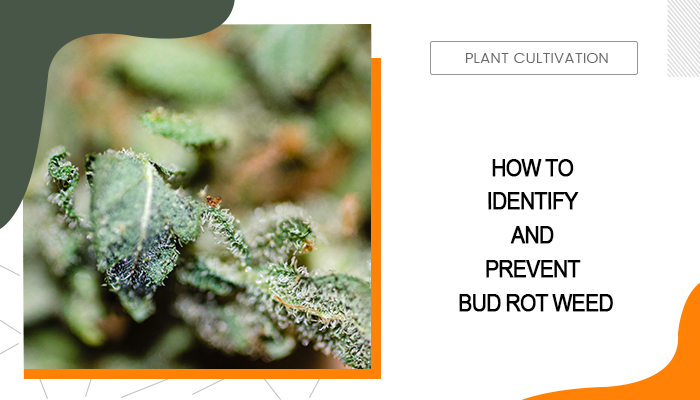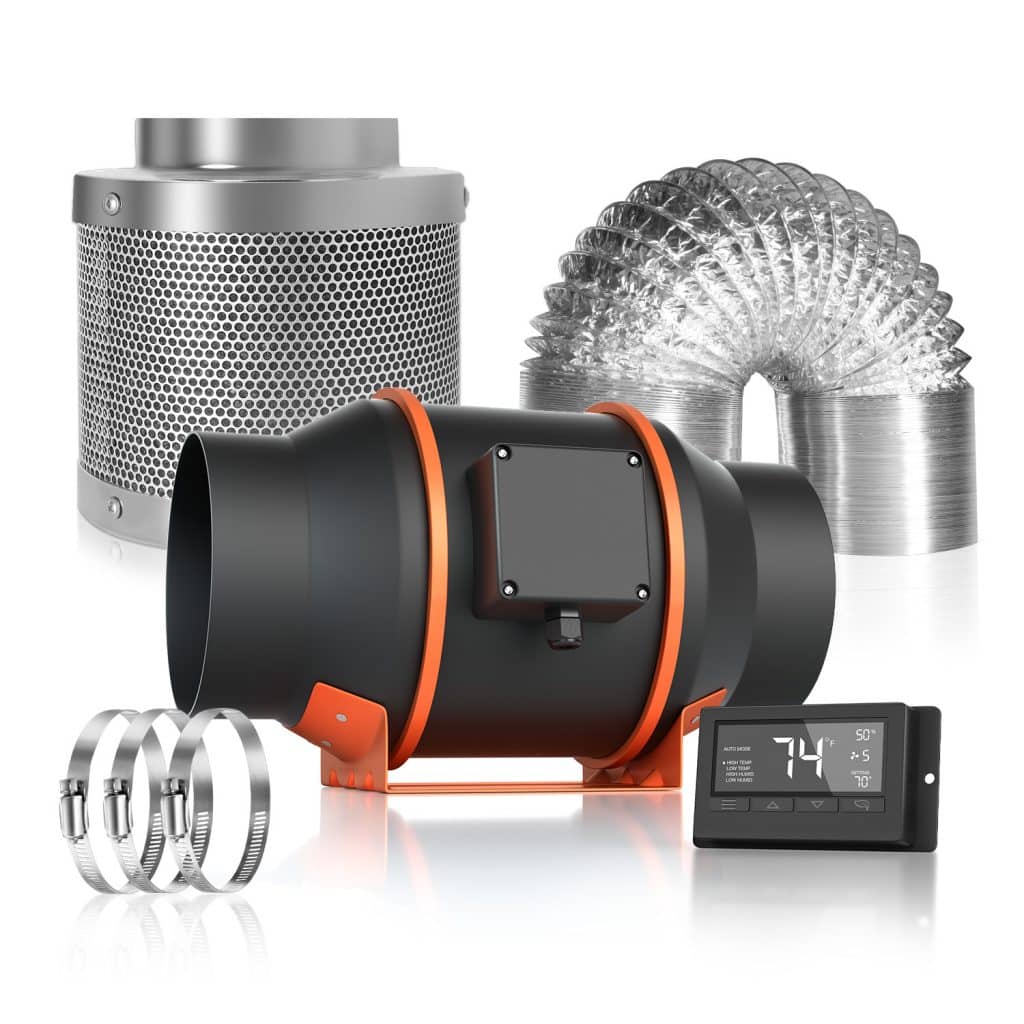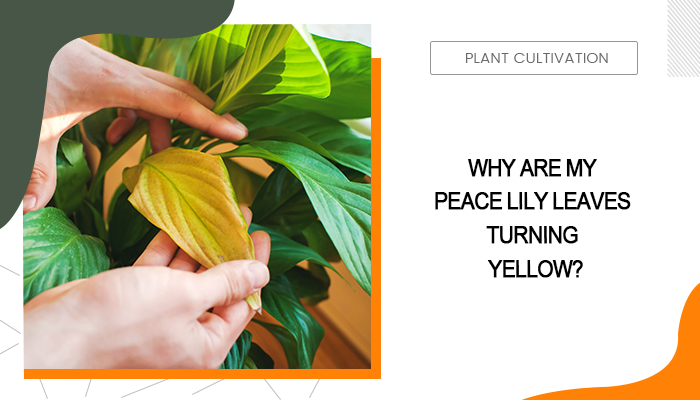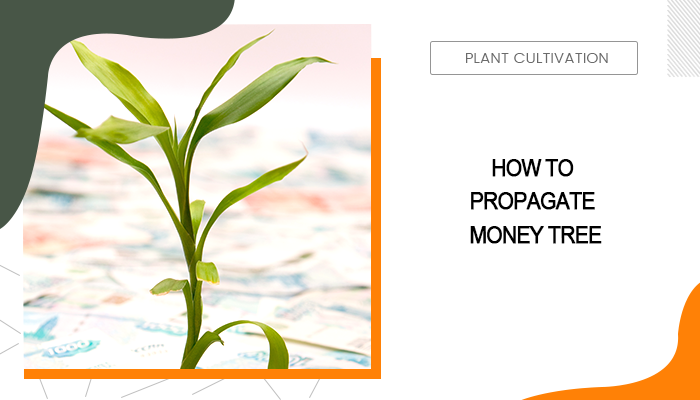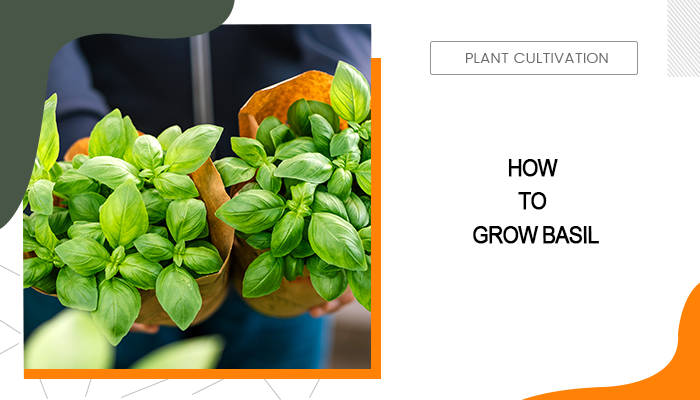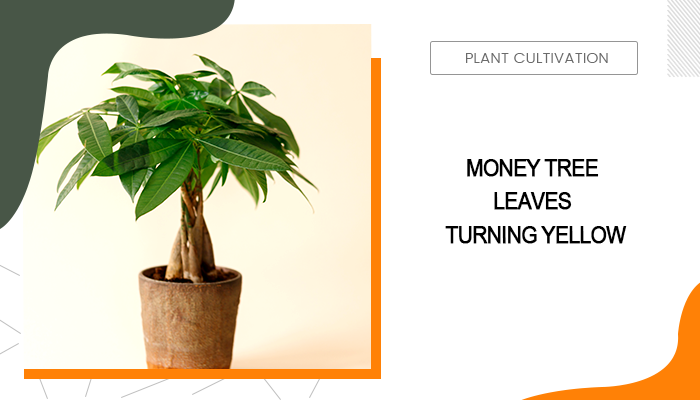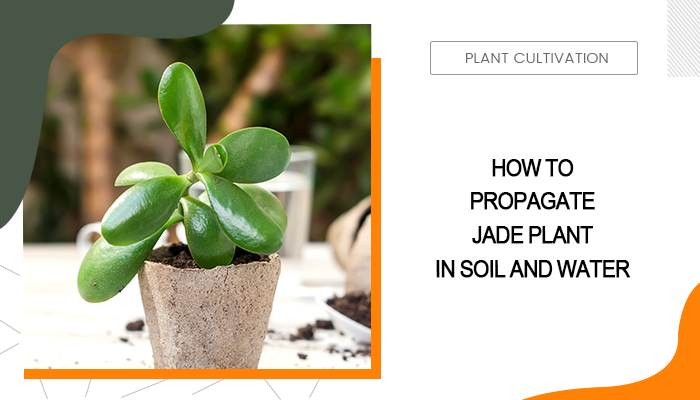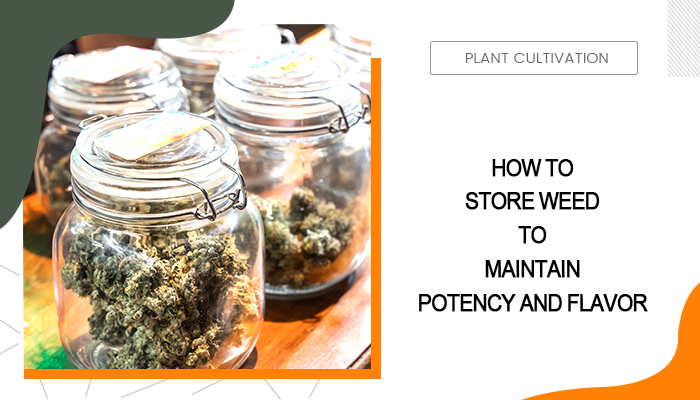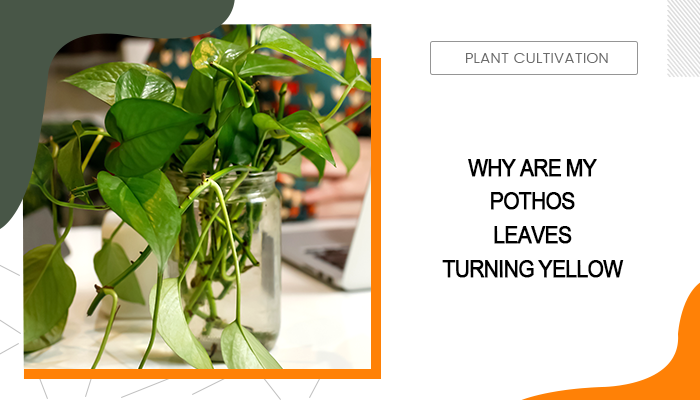Bud rot, caused by a notorious plant pathogen named Botrytis cinerea, is a destructive disease to your weed. This fungal disease devastates weed plants through parts like the stem, stigmas, bracts, inflorescence leaves, trichome glands, and the cores, manifesting moldy, rotten brown buds. Understanding bud rot, its causes, early signs, treatments, and preventive measures can be the difference between a bountiful harvest and a total loss. Let’s dive into the world of bud rot weed now.
Table of Contents
What Is Bud Rot
Bud rot is a fatal fungi disease for cannabis plants, caused by Botrytis cinerea, a widespread necrotrophic plant pathogen. The initial contact between Botrytis cinerea and cannabis plants starts with the attachment of spores to the weed surface, including flower clusters and stems. As long as the pathogen causes lesions that release a large number of spores, weed buds can form a slimy, mushy consistency. Bud rot can arise both before and after harvest, potentially leading to crop losses of up to 30% in certain cases.
What Does Bud Rot Look Like [Signs & Symptoms]
Let’s be clear. No research has yet confirmed the primary entry points for Botrytis cinerea on cannabis that result in bud rot. Therefore, it’s extremely hard to identify bud rot ahead of time. However, it's theorized that the fungus could initially attach to and infect the plant through parts like the stigmas, bracts, inflorescence leaves, or trichome glands, which are exposed. That’s to say, by paying attention to these parts of weed plants, you can have a more detailed account of how the bud rot progresses and takes over your plant.
Early Signs of Bud Rot
The early indications of bud rot in cannabis focus on the stigmas of cannabis plants, which are believed to be primary sites for spore attachment due to their exposed nature and the presence of nutrient-rich stigmatic fluid. As the stigmas mature from their initial white and bifurcate state to yellow and eventually brownish-orange, these color changes - especially the progression to brown - may signal the onset of infection. These changes, combined with the hypothesis that stigmas serve as predominant infection routes similar to the path taken by pollen tubes in other fruits, could be early visual cues for recognizing the start of bud rot in cannabis plants.
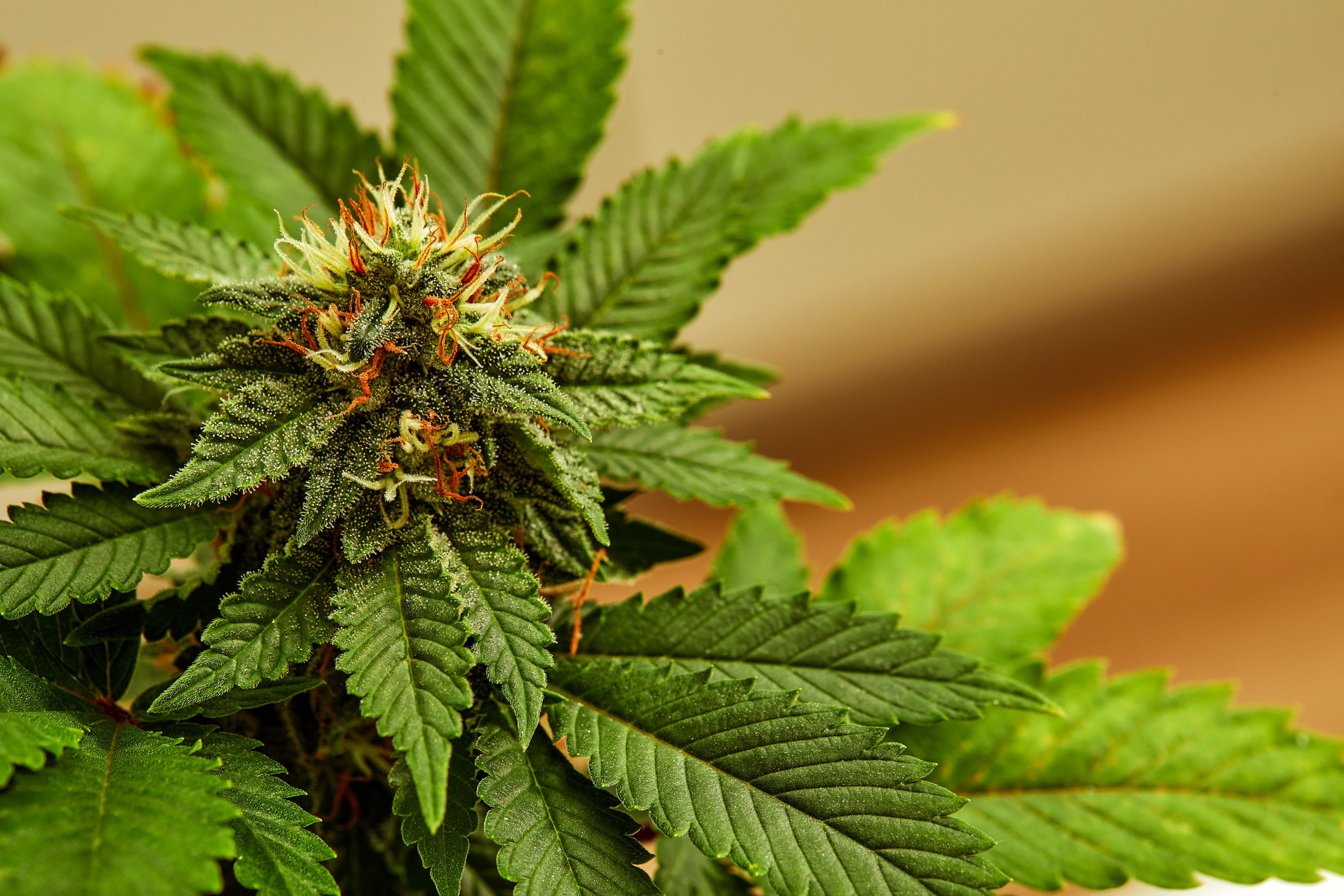
Progression of Symptoms and Plant Appearance
As the infection deepens, the plant exhibits more severe symptoms. Leaf blight becomes evident as leaves start showing extensive damage, ranging from spots to complete decay, often resulting in the leaves' death.
Blossom blight affects the flowers, leading to their premature decay, which is particularly detrimental as it directly impacts the cannabis's reproductive structures. Postharvest, the fruit or buds can rot, which further signifies the widespread nature of the infection, visibly making the plant look diseased and reducing its aesthetic and commercial value.

image from growweedeasy.com
Symptoms of Rot Over Ripe Buds
In the critical weeks 6 to 8 of the flowering stage, bud rot becomes prominent. The buds, which are the most valued part of the plant, begin to deteriorate rapidly. Cannabis buds start to turn brown, decay, and take on a mushy texture, starkly contrasting with the healthy, robust appearance expected at this growth stage. The inflorescence leaves and pistils, vital components of the bud structure, are also consumed by the rot, leaving the buds unsalvageable and significantly diminishing the plant's commercial value.
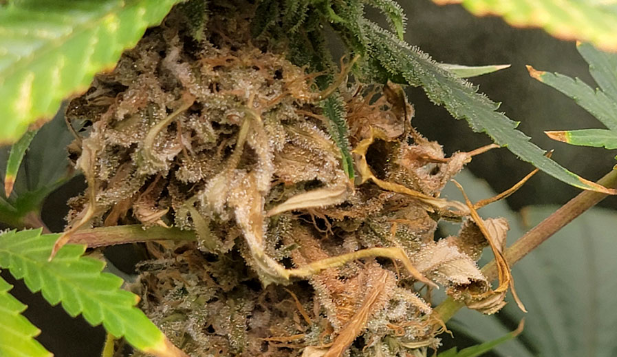
image from growweedeasy.com
What Causes Bud Rot
The main culprits behind bud rot weed are moderate temperature and excessive moisture. Fungal spores always thrive in damp conditions. Additionally, poor air circulation aggravates the formation of bud rot.
High Level of Relative Humidity
RH plays a pivotal role in the development of gray mold. At 20°C and 60% RH, spore germination is inhibited, whereas a 100% RH significantly enhances germination.
Conditions of high RH, such as 94% RH at 21°C, encourage rapid mycelial growth on cannabis plants.
Moderate Temperature (15–25°C)
Gray mold thrives in cooler climates, with optimal spore germination temperatures ranging from 9 to 21°C. Interestingly, Botrytis cinerea growth on cannabis is most rapid between 15–25°C. Growth declines significantly at temperatures above 30°C, explaining the reduced incidence of bud rot during warmer months in indoor cultivation environments.
Poor Air Circulation
Poor air circulation exacerbates bud rot by creating an environment conducive to the proliferation of the Botrytis cinerea fungus. Stagnant air leads to increased humidity and prevents the dispersion of moisture transpired by the plants, elevating the local humidity levels around the buds and leaves where the fungus tends to thrive.
Best Treatments for Bud Rot
Unfortunately, it’s unlikely to revive bud rot weed, as the fungal infection already destroys the tissue of the bud. Still, there are a few approaches you can take to treat these infected weed plants properly.
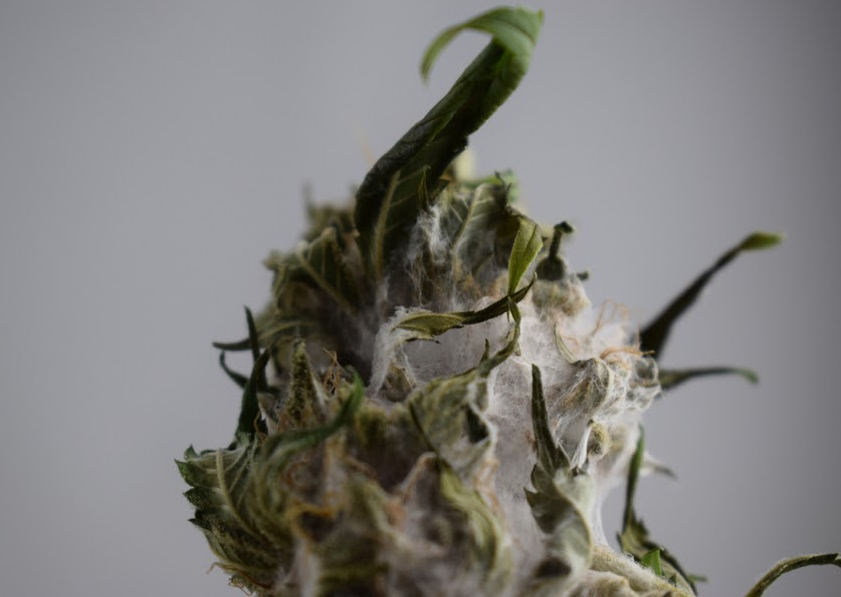
- The foremost thing to do is to isolate affected plants. You should quickly separate infected plants from healthy ones to prevent the spread of spores. Botrytis spreads rapidly, especially under favorable conditions.
- Carefully cut away and dispose of infected buds and plant material. It's crucial to do this carefully to avoid spreading spores. Use sterilized tools and seal the removed parts in a plastic bag before disposing of them to prevent spores from contaminating other areas.
- After removing the infected material, clean the grow room thoroughly with a fungicide or a bleach solution to kill any remaining spores.
How to Prevent Bud Rot Effectively
Knowing what causes the bud rot sheds light on how to prevent it. Although you can’t save infected bud rot weed, you can prevent it from happening in the future. Below are some multi-faceted approaches, encompassing both proactive and reactive strategies for avoiding bud rot weed:
Genotype Selection: Choosing cannabis strains that are less susceptible to Botrytis cinerea can significantly lower the risk of bud rot. For example, Purple Ghost Candy, Moby Dick, Sweet Tooth, and Glookies are all mold-resistant.
Managing Plant Density: To start with, reducing canopy density by controlling the number of plants per square meter to improve air circulation and reduce humidity levels in the grow room.
Temperature Management: Install and use climate control systems like HVAC to maintain a steady temperature. During the high-risk periods, keep the temperature above the optimal range for Botrytis cinerea, which is typically below 20°C.
Humidity Reduction: Use dehumidifiers to actively remove moisture from the air. The goal is to maintain RH below 65%. Hygrometers and RH sensors can help monitor levels constantly, with automated systems adjusting the dehumidifiers as needed.
Ventilation: Ensure the cultivation area is well-ventilated with inline fans, oscillating fans, or exhaust systems to facilitate air exchange and prevent moisture buildup. This is particularly important during the night when temperatures drop and RH tends to increase.
Post-Harvest Measures: Properly drying weed and processing the inflorescences at temperatures above 30°C, grading them for quality, and potentially using irradiation to reduce pathogen load.
Can You Smoke Rot Bud Weed
No, don’t risk doing that. When you smoke mold-infected cannabis, you are directly inhaling the mold spores and any toxins produced by the mold. This can lead to a variety of adverse health effects. People with mold allergies may experience immediate reactions, such as coughing, sneezing, or other allergic symptoms, simply from the odor of moldy weed.
More seriously, smoking moldy cannabis can lead to significant health issues, including immunologic lung disorders and infections due to the various microorganisms present in the decayed plant material. Chronic pulmonary aspergillosis, a serious condition that can lead to long-term health problems, has been documented in individuals who smoked moldy cannabis, as highlighted in a 2011 study. The risks are even more pronounced for those with weakened immune systems or underlying health conditions.
Conclusion
Bud rot is a formidable foe, but with proper knowledge and preventive measures, it can be managed. This post covers a detailed explanation of bud rot, including what it looks like, causes, treatments, and effective prevention methods. With all being said, keeping a close eye on environmental conditions and practicing good plant hygiene builds defenses against this disease.


